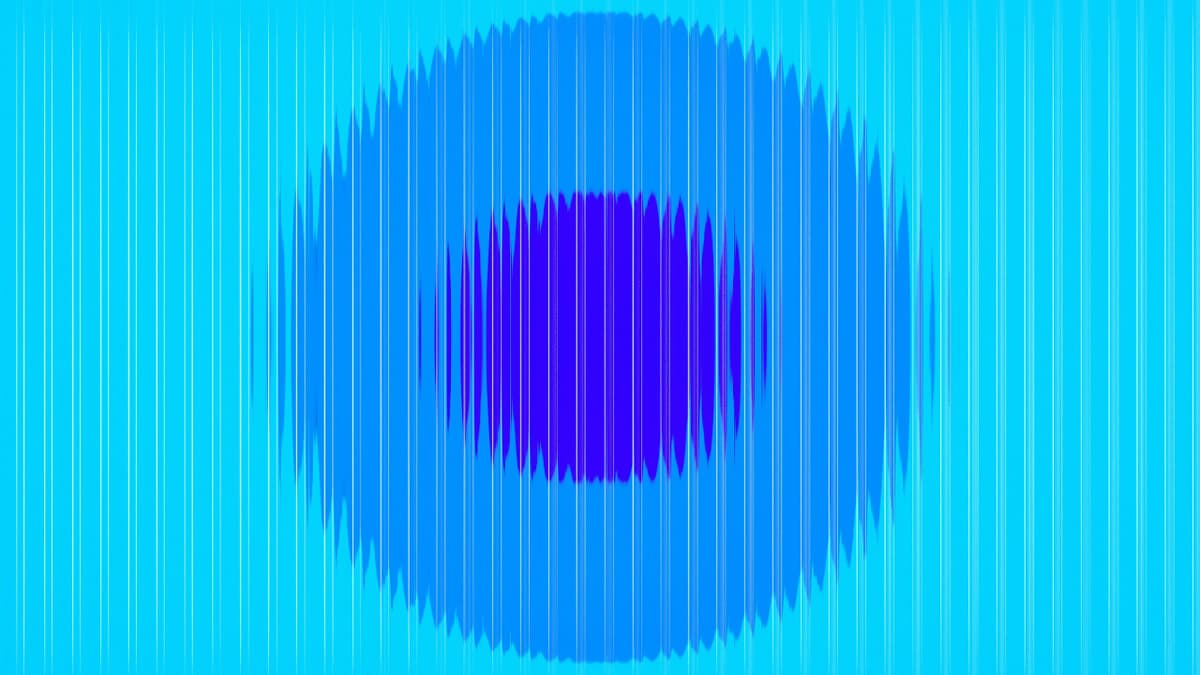Difference between Cloud Computing and Edge Computing
Cloud computing and edge computing serve different purposes in data management and processing. Both have unique advantages and applications. This article explores their differences, benefits, and practical uses.
Cloud Computing
What is cloud computing? It involves using remote servers to store, manage, and process data instead of local servers or devices. Data is sent to a centralized data center for processing and stored remotely. Users can access processed data on their devices.
Key benefits of cloud computing include:
- Scalability: Cloud providers offer extensive resources on-demand, allowing businesses to easily adjust their services.
- Accessibility: Data and applications can be accessed from anywhere with an internet connection, enabling remote collaboration.
- Security: Cloud providers implement advanced security measures, reducing the risk of data loss from hardware failures or disasters.
Edge Computing
What is edge computing? It processes data closer to the source of generation, such as IoT devices or sensors. Instead of sending data to a centralized center, it processes data locally, which lowers latency and bandwidth usage.
Benefits of edge computing include:
- Real-time processing: Local data processing allows for immediate responses, suitable for time-sensitive applications.
- Enhanced privacy: Sensitive information can remain local, minimizing risks of data breaches.
- Reduced congestion: By shifting processing tasks to the edge, network performance can improve.
Comparing Edge Computing and Cloud Computing
What are the differences between these two paradigms?
Cloud computing is suitable for large-scale tasks that don't need real-time responses. Applications like big data analytics and web hosting benefit from the cloud's extensive resources.
Edge computing excels where low latency is crucial. For example, it supports immediate decision-making in autonomous vehicles and real-time monitoring in smart cities.
Combining edge and cloud computing—often called fog computing—provides a balanced approach. Some tasks are processed at the edge, while others use cloud resources. This hybrid model improves processing and analysis by using both paradigms effectively.
Choosing between cloud and edge computing depends on specific application needs. Data volume, latency, security, and cost are essential factors.
Real-World Applications
Where are cloud and edge computing implemented? Here are several examples across industries:
-
Healthcare: Edge computing enables real-time patient data analysis. Cloud computing manages vast medical records and supports collaborative research.
-
Manufacturing: Edge computing allows real-time process control and predictive maintenance. Cloud computing supports data analytics and resource planning.
-
Smart Grids: Edge devices optimize energy distribution by processing data locally. Cloud computing aids in long-term analysis and demand forecasting.
-
Retail: Edge computing enhances inventory management and customer experiences. Cloud computing centralizes data analysis and customer relationship management.
Cloud computing and edge computing are distinct yet complementary. Cloud computing offers scalability and centralized processing, while edge computing provides real-time responses and enhanced privacy. Together, they can improve efficiency and drive innovation across various sectors.












